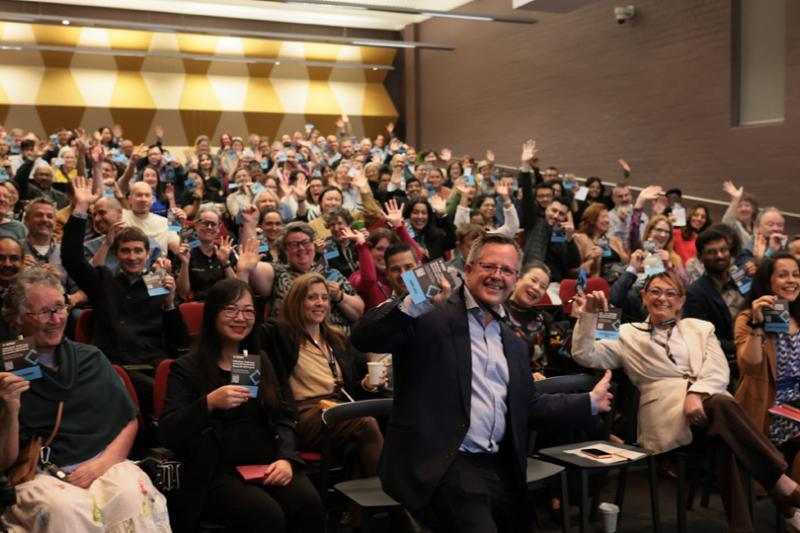Childcare centres to be the new COVID-19 front line, new report

A new report warns that the early learning sector is about to become the frontline of the COVID-19 pandemic and centres will become major transmission locations if a national strategy and support to reduce the risk of spread are not implemented.
The COVID-19 and Early Childhood Education and Care report from health and education policy think tank Mitchell Institute at Victoria University has been written by epidemiology and education experts. It looks at the health risks posed to young children from COVID, their risk of transmitting the virus and the strategies early learning centres need to implement to reduce the risk of transmission.
It warns a Federal strategy and package of support is urgently needed for the sector to reduce the risk of transmission and avoid financial collapse, ahead of 1.3 million unvaccinated children attending childcare and pre-school.
Once 5 to 11 year olds have access to a vaccine, under 5 year olds will make up 40% of Australia’s unvaccinated population and childcare centres will become the location where the greatest number of unvaccinated people will be mixing with each other on a daily basis.
Co-author, epidemiologist and Director of Victoria University’s Mitchell Institute Professor Maximilian de Courten said children will soon pose a major source of COVID-19 transmission for the broader community.
“Evidence shows that children under 5 are 40% more likely to transmit COVID-19 than older children,” Professor de Courten said.
“Parents should feel reassured that the latest evidence shows less than 2% of children under 9 who catch COVID-19 end up in hospital. In the United States, the risk of death for this age group has been on par with influenza. However, children are a major source of transmission and pose a risk to the adults around them,” he said.
Co-author Education Policy Expert Dr Peter Hurley said a national plan was urgently needed to prevent the early learning sector from collapsing and ensuring it had the resources, advice and supports to minimise the potential harm of COVID-19 to children and the wider population.
“Childcare is very different to schools. Providers need financial and logistical support to minimise the spread of COVID-19 while remaining viable. They need: funding to install air filtration systems; strategies for reducing transmission because options like cohorting - which is being implemented in schools - may not work in childcare centres; and financial support for when centres close due to an outbreak,” Dr Hurley said.
“The state education departments are providing the school sector with strategic direction and funding, but the early learning sector is the responsibility of the Federal Government which does not have an urgently needed national strategy and package of support.”
Dr Hurley said the early learning sector was not set up to mitigate the risks that the virus poses. The funding system means that any public health safety measures implemented to reduce the number of children attending childcare centres threatens the viability of providers.
“Unlike schools which receive funds directly from government, childcare centres are for-profit businesses or not-for-profit organisations that rely on children attending to receive income through fees and the Federal Government’s subsidy.
"Without children attending centres, they face collapse, which is why the sector has had to be rescued – twice – during the pandemic,” Dr Hurley said.
“The experience of the pandemic highlights many of the challenges faced by the early learning sector because of the way Australia has structured its early childhood education and care system.”
Contact us
Media Enquiries
[email protected]


